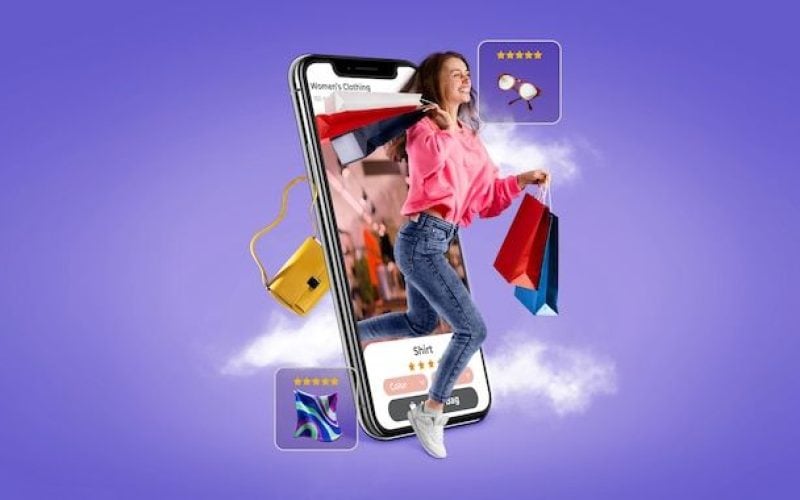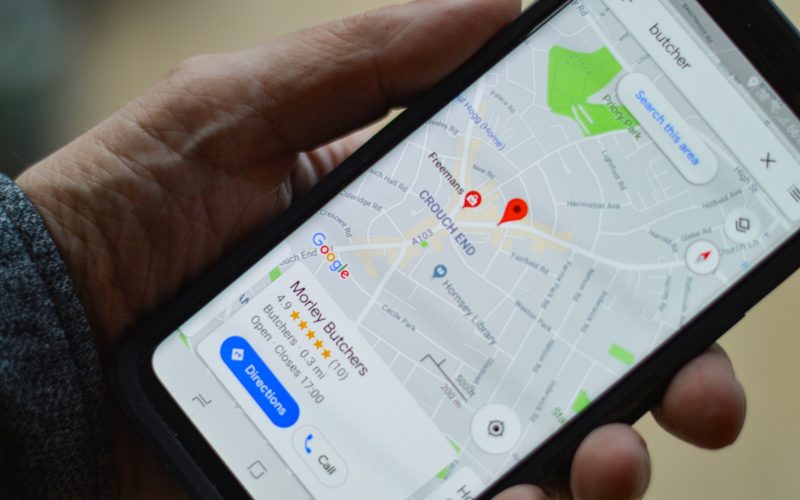Annually, we reach out to industry experts to share their predictions on how the e-commerce industry will change in the coming year.
As e-commerce continues to change in 2022, brands face the challenge of understanding, connecting with and retaining customers. New privacy regulations, rising acquisition costs and increased consumer expectations have set the stage for a year of change (for the better!) for e-commerce brands.
In this post we will unveil the top ten predictions of 2022 so your brand can prepare for what’s ahead.
E-commerce brands will view data as an exchange of value
Perhaps the biggest (and most shocking) news to emerge this year was Apple’s announcement of privacy changes and Google’s cookie deprecation. Apple’s move to strengthen privacy protections has led to tighter limitations on targeted ads, data sharing and reporting capabilities for app users.
Across the industry, marketers have expressed concern about subsequent high acquisition costs. More than 55% of digital marketers believe the changes will lead to less personalized consumer experiences, and 50% of digital marketers say privacy concerns will persist even after cookies go away. As a result, more than 29% of companies have reduced their investment in social media advertising.
How will brands pivot to continue to sustainably drive growth amid these changes?
By 2022, e-commerce brands will come to see data as an exchange of value.
In exchange for first-party and third-party data, brands will work to create exceptional experiences beyond their product offering through strategies such as superior customer service, loyalty rewards, personalized recommendations, advanced access and more.
Online and offline experiences will be more connected
More than 50% of consumers plan to use a combination of in-store and online shopping channels by 2022, and more than 65% of consumers are trying different shopping behaviors and intend to incorporate those behaviors in the future. Consumers are active both online and offline; they will regularly shop on a retailer’s site while waiting in line at the store, or browse online before going in to buy.
From 2022 onwards, to create consistent and highly engaging customer experiences at every touchpoint, brands will need to close the commercial gap between online and offline channels. A frictionless experience between in-store shopping and online browsing will be at stake as consumer expectations continue to rise.
Brands will look to create these experiences in 2022 by leveraging online and offline strategies to connect in-store and online experiences, while delivering the personalized experiences consumers crave through first-party data collection across multiple channels.
Loyalty programs are the ideal tool to connect online and offline channels.
Loyalty program point-of-sale integrations and customer-driven redemption options, such as allowing shoppers to redeem loyalty benefits in-store or earn points from in-store purchases later, allow brands to effectively collect data from engaged shoppers across both online and offline channels. Brands should also look to leverage new channels, such as SMS marketing, to drive even greater engagement from their online and offline loyalty program
Social commerce will become a major source of income
In recent years, shopping has become an increasingly passive and constant activity. As consumers scroll through their phones between social media apps, making a purchase is now more of a serendipitous action than a predetermined decision. Shoppers can simply view an ad on Instagram or an influencer’s product post on TikTok, make a purchase and then move on for the rest of the day.
This form of engagement is lucrative for brands; according to Adweek, nearly half of TikTok users made a purchase after seeing a product or service advertised there, half of millennials said they bought something from a brand after seeing it advertised, promoted or reviewed on Instagram, and the average amount spent by a social shopper in a year will double between 2020 and 2025 according to eMarketer.
In 2022, brands will look to make the social commerce experience even easier for consumers, especially through in-app purchases. “TikTok has officially thrown its hat into the social commerce ring by recently partnering with Shopify & BigCommerce,” says Casey Murray, Cohley’s director of partnerships. “We believe TikTok will provide brands with a much better return on ad spend than their competitors in 2022, and their in-app buying capabilities will have a lot to do with that.”
By enabling shoppers to easily make purchases without having to close the app or click through multiple screens, brands will create experiences that feel more native and, in turn, drive higher conversion.
In 2022, brands should look to incorporate more social proof into the social shopping experience, such as adding reviews to their stores on Facebook and Instagram, to make products more discoverable and allow consumers to shop with more confidence.
Brands will use SMS marketing to collect data of their own
In 2022, brands will continue to increase their investment in mobile channels as a way to optimize shopping experiences for their mobile customers. However, privacy changes are driving mobile conversation via SMS in particular.
The iOS audience is a mobile audience, which means that SMS marketing is already adapted to the reality of Apple’s changes: mobile first, customer first and privacy first. Because of the inherent mobile usage, SMS is an ideal way for brands to continue to learn about (and effectively engage) mobile consumers as privacy policies tighten.
SMS marketing works with your own and third-party data. By 2022, brands will use SMS marketing to more easily collect information about customer behavior and purchase history, as well as gain access to data that customers voluntarily and proactively share through interactive SMS experiences.
Emotional loyalty will be the basis for retention
E-commerce brands will more than double their investment in loyalty: they will double the creation of emotional connections that are critical to retention.
According to a Yotpo survey, consumers are more emotionally invested in their favorite brands now than in the past, and see the buyer-brand relationship as more than just a transactional exchange. Respondents were more likely to spend more on a brand they are loyal to because, for most consumers, it’s no longer just about the money.
True brand loyalty goes beyond sending coupons, giving away discounts or creating points programs. Building emotional loyalty involves forming stories, designing journeys and creating deeper, more organic reasons why they would deliberately choose to spend those few extra moments with you and the experience you provide.
Brands can meet the required value exchange by using owned and zero-rated consumer data collected in a loyalty program to deliver personalized experiences. Smart brands will use the third-party data they collect in a loyalty program to enhance customer journeys and experiences, as well as to generate positive emotions that ultimately drive purchase behavior.
While point solutions are useful on their own, they often fail to take into account the growth of a brand and take the focus away from the bottom line. By 2022, brands will be investing in e-commerce marketing platforms to facilitate growth right out of the gate. If you need to outsource this service, at Several we are experts in web and e-commerce design and development. Shall we talk?






